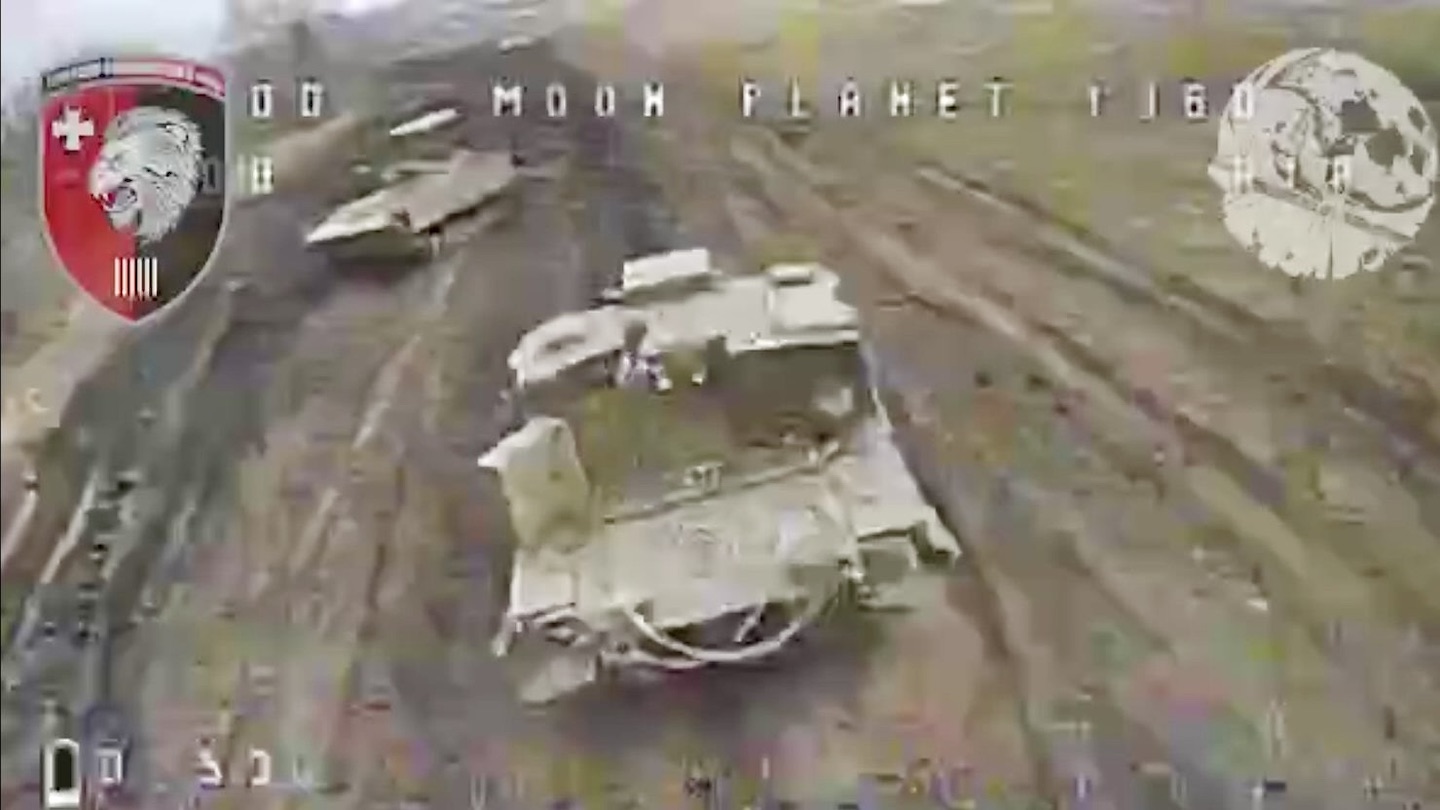Russia has sent an exceedingly rare “Ladoga” armored personnel carrier to Ukraine — originally designed to provide VIP transport to Soviet officials during the Cold War should a potential nuclear, biological, or chemical attack unfold. What’s more, it seems as if said vehicle has become yet another victim of a Ukrainian first-person view (FPV) drone attack, and is likely destroyed.
Footage of the apparent attack on the Ladoga was first posted to the Telegram social media channel of Ukraine’s 63rd Mechanized Brigade on March 21. While the precise time and location of the footage cannot be detailed with certainty, the 63rd Mechanized Brigade was reportedly involved in combat — along with soldiers of the 60th and 93rd mechanized brigades, near the city of Lyman, Donetsk Oblast — around the time the footage was originally posted.
The short video clip, filmed from the perspective of the FPV drone, shows it approaching the Ladoga from behind; although it doesn’t actually show the drone’s impact. Based on a machine translation of the original caption to the 63rd Mechanized Brigade’s post, the unit was seemingly unaware of the significance of the vehicle at the time.
A variant of Russia’s Cold War-era T-80 main battle tank, the Ladoga, initially called the “Debut,” was designed to transport high-ranking Soviet officials out of the Kremlin in the event of a major nuclear, biological, or chemical attack. The vehicle was also meant to perform as a temporary command-and-control hub if any of those scenarios were to manifest.
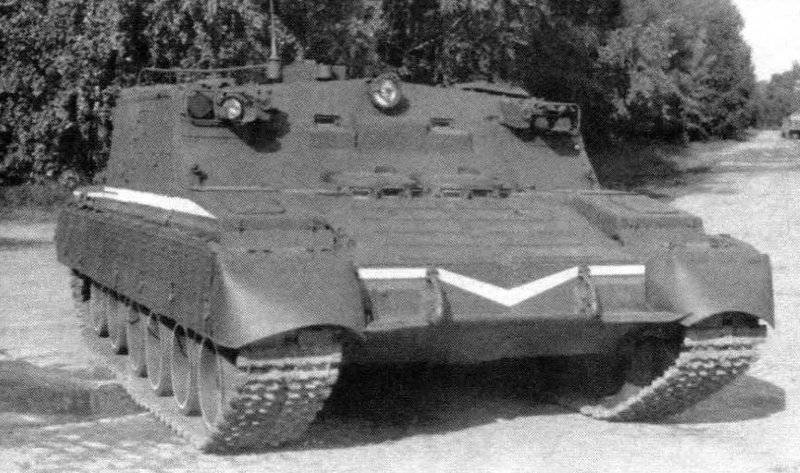
In terms of the known history of the Ladoga, KB-3 of the Leningrad Kirov plant, known today as Spetsmash, began designing what would become Ladoga in the late-1970s. The requirements for the project stipulated that the vehicle needed to be based on existing technologies, and, as highlighted above, provide robust protection from potential nuclear, biological, and chemical contamination.
Designers at the plant chose the chassis of the T-80 as a starting point and kept the 1,250-horsepower GTD-1250 gas turbine engine of the T-80U variant, which was introduced into service in 1976.
Beyond this, modifications were made to both the exterior and interior of the vehicle. From the outside, most notably, Ladoga lost the T-80’s gun turret. A newly designed upper structure and internal cabin was created. Access to the inside of the vehicle was provided via roof hatches, as well as via a side door with integrated steps. Overall, with modifications, the Ladoga clocked in at roughly 42 tons.
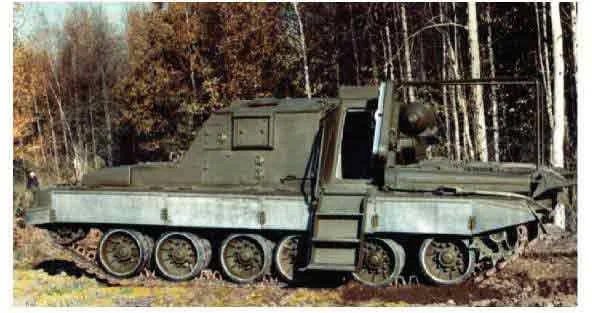
The cabin could accommodate four individuals. One half of the cabin constituted a control area, along with the driver’s post. The other was demarcated for high-profile passengers. The interior of the vehicle was supposedly fitted with what has been described as an “anti-neuron lining,” along with other modifications, to shield against radiation in the event of a nuclear incident. An environmental control system capable of keeping airborne contamination at bay was also a central feature.


An initial Ladoga prototype was built at the Leningrad Kirov Plant in the early 1980s. That example is said to have been tested in various locations, including the Karakum desert in Turkmenistan. While the precise number of Ladogas produced remains murky, ostensibly only four or five were ever made, making them extremely rare and unusual.
The most famous, and possibly only, operational use of the Ladoga was during the Chornobyl disaster of late April 1986. A Ladoga with the hull number “317” was moved from Leningrad to Kyiv in early May of that year. A special detachment conducted reconnaissance at the Chornobyl powerplant in the aftermath of the incident using that vehicle until the autumn of 1986. Following the completion of that work, 317 was decontaminated and returned to Leningrad.
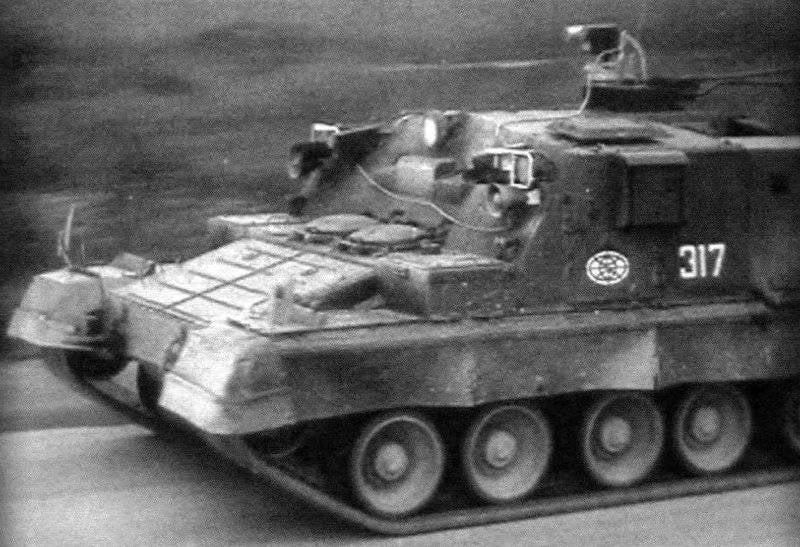
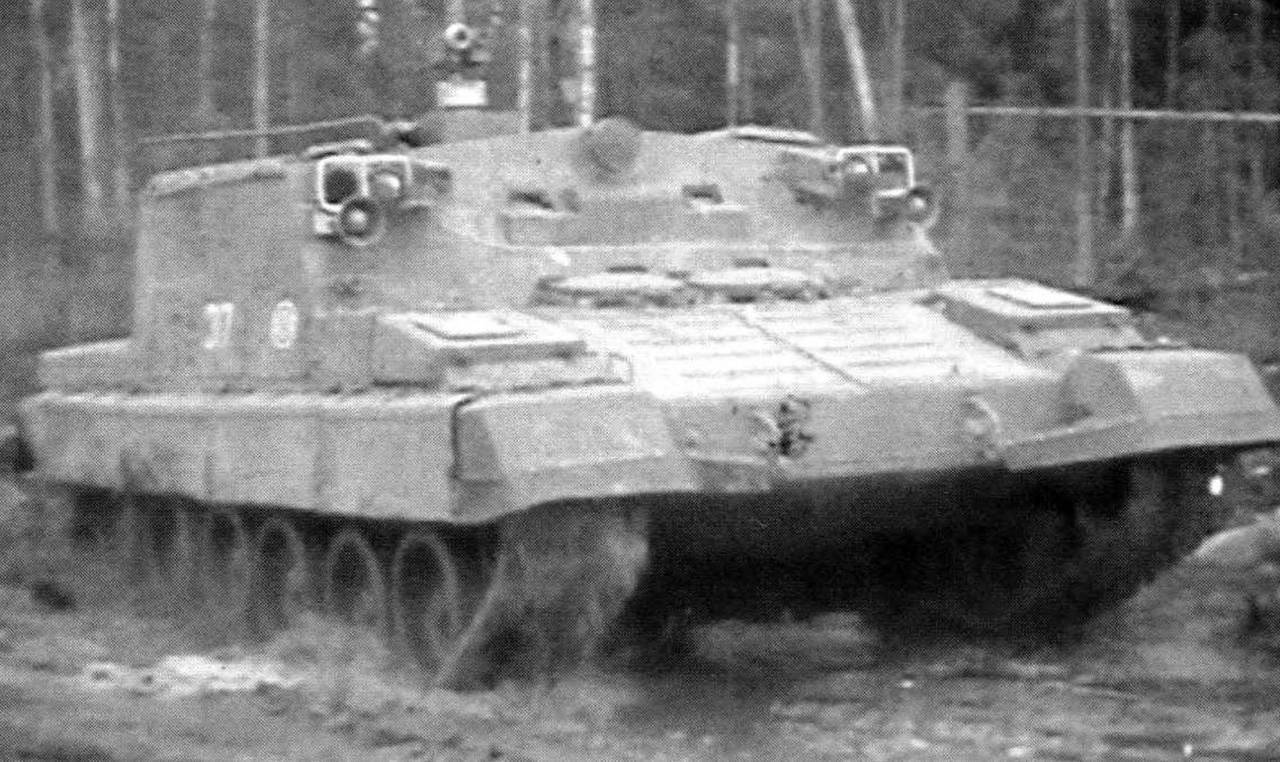

While the exact status of the vehicles following the fall of the Soviet Union remains difficult to establish from sources published in English, several Ladogas appear to have survived — with at least one, with the hull number “180,” being used for display purposes.
These days, a handful of top Russian Ministry of Defense and Kremlin leaders are more likely to travel in specially configured Mi-35MS helicopters, if a major nuclear, biological, or chemical attack hit Moscow. In such an event, those helicopters would help provide continuity of government operations, while whisking away top officials to the safety of hardened bunkers. This is just one capability that could be put into play during such an event.
While the appearance of Ladoga in Ukraine may seem somewhat puzzling given its rarity, Russia has a known track record of deploying unusual and scarce armored vehicles and tanks to the frontlines. This is in light of the staggering level of armor the country has lost as a result of the conflict.
For example, Ukrainian forces destroyed a one-off experimental T-80UM2 main battle tank back in March of 2022. The T-80UM2 was said to have been part of a larger column of Russian vehicles that came under attack by the Ukrainian Armed Forces. Late last year, footage emerged showing an 8×8 BTR-90 wheeled armored personnel carrier in service with Russian forces in Ukraine. Said vehicle was developed in the immediate aftermath of the collapse of the Soviet Union, and only a very small number were ever produced. Russian armor that would be considered antique at this point has also flooded into the war zone.
So, using whatever Ladogas exist that can be made operational in combat is fully in line with Russian practices. These vehicles could serve as armored personnel carriers, armored ambulances, or command and control vehicles, with their commonality with the T-80 being a welcome feature.
Still, the appearance of a Cold War-era VIP emergency transport vehicle on the Ukrainian front lines is yet another indicator of how ‘resourceful’ Russia has been forced to become in order to keep a steady stream of heavy armor in the fight.
Contact the author: oliver@thewarzone.com
